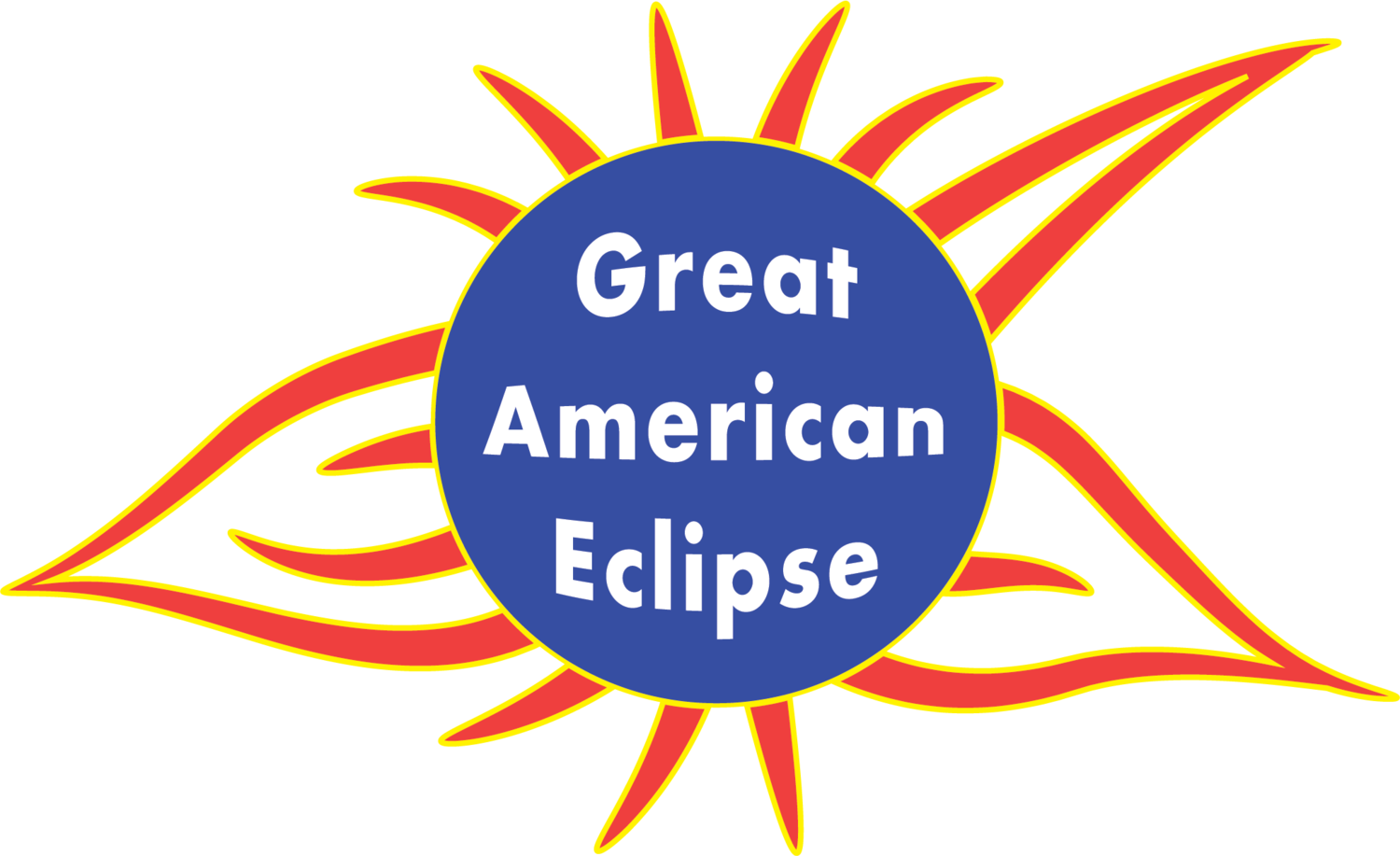American eclipse observations of the 17th and 18th Century
While some early almanacs in the British American colonies contained descriptions of eclipses, the first detailed documentation and map of an eclipse in the New World came from Mexico in 1727.
This map is provided courtesy of The Glen McLaughlin Map Collection of California as an Island Collection, Stanford University, California
This map in the pamphlet Spherographia de la Obscuration de la Tierra en el Eclypse de Sol de 22. de Marzo de 1727 has several interesting features. It predates the earliest eclipse map from the United States by 104 years. Curiously, it also seems to predate any known eclipse map from Spain. Of special interest to historians of cartography, this map shows California as an island.
This map has a rough but generally correct delineation of the features of this eclipse. One feature that is puzzling at first is the marking of hours within the penumbral zone. Most eclipses last between 5 and 6 hours, but this map has 12 hours marked. The historian Owen Gingerich explained in a private communication that "...they are the local times when the eclipse is at its at its maximum, and the hour count of the day begins at noon (0h). The observers on the Solomon Islands see the maximum eclipse at dawn (18h) and the shadow races eastward and finally is seen 5 or 6 hours later to be setting (6h) just east of Puerto Rico."
The total solar eclipse of June 24, 1778 was the first to be carefully observed in the newly founded United States. David Rittenhouse, an American astronomer and mathematician, witnessed the eclipse from Philadelphia. Thomas Jefferson, later the third American president, also tried to see this eclipse but was frustrated by clouds in Virginia. He wrote a letter to Rittenhouse remarking on the eclipse and inquiring about a precise clock for astronomical timings.
Two years later during the eclipse of October 27, 1780, an eclipse expedition was sent from Harvard University during the hostilities of the American Revolution. Professor Williams led an expedition to Penobscot Bay in Maine and negotiated safe passage with the British forces occupying that area. Because of what is conjectured to be an error in his tables of the apparent motions of the Sun and Moon, professor Williams narrowly missed totality.
“Immediately after the last observation, the sun’s limb became so small as to appear like a circular thread, or rather like a very fine horn. Both the ends lost their acuteness, and seemed to break off in the form of small drops or stars; some of which were round, and others of an oblong figure.”
A list of eclipses for New England compiled in the 1806 pamphlet, Darkness at Noon, collection of Michael Zeiler
This description makes clear that the professor saw what are now known as Baily's Beads. The phenomenon is viewed very soon before and after a total solar eclipse. He was just outside the path of totality!
Other sources: Total Eclipses of the Sun, Mabel Loomis Todd, Roberts Brothers, 1894; Eclipses of the Sun, S. A. Mitchell, Columbia University Press, 4th edition 1935; Chasing Eclipses, The Total Solar Eclipses of 1905, 1914, 1925, Rebecca Joslin, Walton Advertising and Printing Co, 1928; A Hand Book of Solar Eclipses, Isabel Martin Lewis, Duffield & Company, 1924



